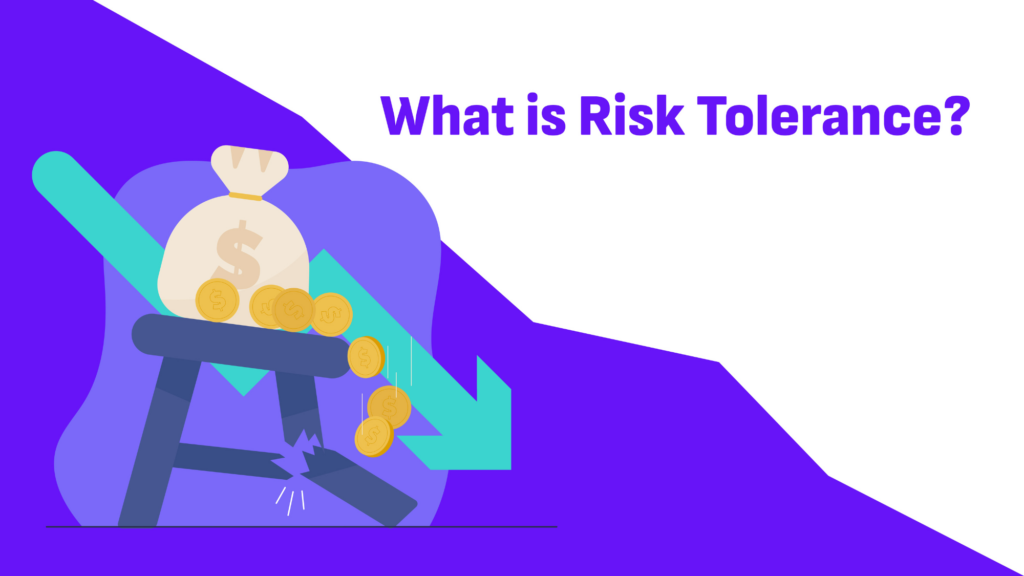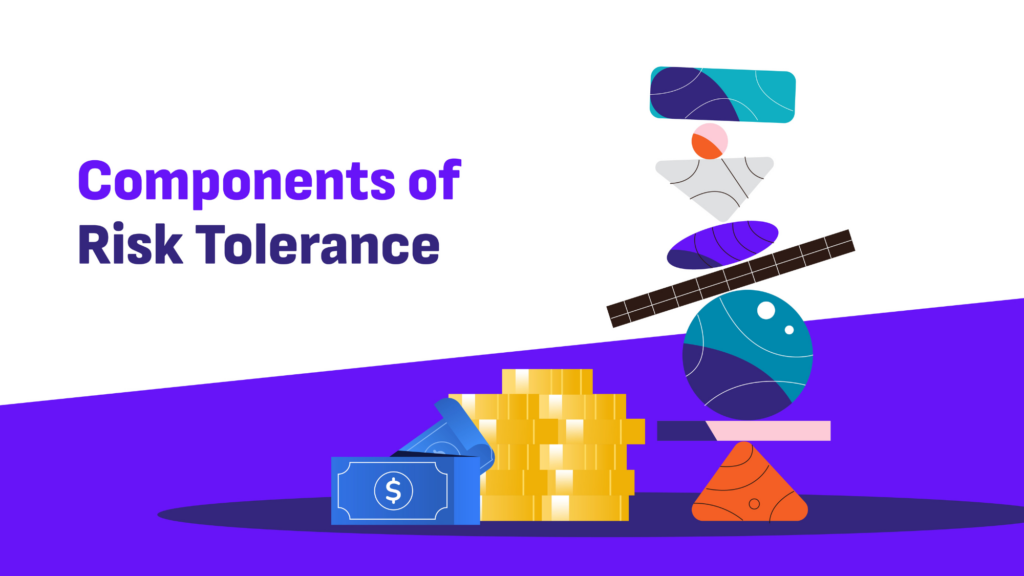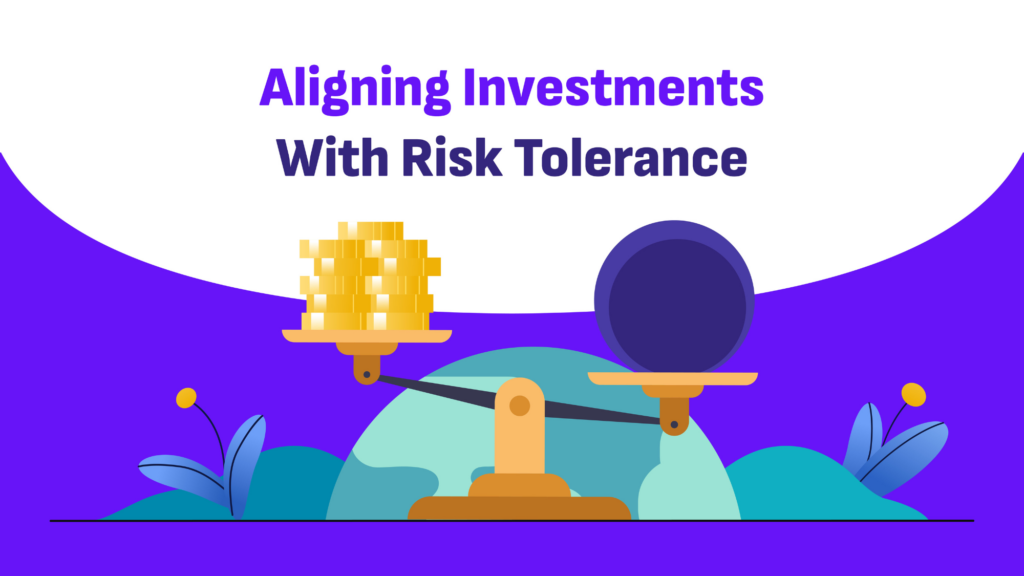

Understanding Risk Tolerance: How to Align Your Investments with Your Financial Goals
Introduction

What is Risk Tolerance?

Components of Risk Tolerance
1. Risk Capacity: This refers to your financial ability to endure losses. It considers your current financial situation, including income, expenses, savings, and investment horizon. Investors with higher risk capacity are generally more able to withstand market volatility without compromising their financial stability.
2. Risk Appetite: This reflects your psychological comfort level with risk. It involves your attitude towards investment uncertainty and the potential for fluctuations in the value of your investments. A high risk appetite may lead to a preference for aggressive investment strategies, while a low risk appetite may favor more conservative approaches.

Assessing Your Risk Tolerance
1. Evaluate Your Financial Situation: Start by analyzing your current financial status. Consider your income, savings, debt, and expenses. Understanding your financial health helps determine how much risk you can afford to take. For example, if you have a stable income and significant savings, you may be in a better position to take on higher risk investments.
2. Define Your Investment Goals: Clearly outline your investment objectives, such as saving for retirement, purchasing a home, or funding education. Different goals have varying time horizons and risk requirements. Short-term goals may require more conservative investments, while long-term goals can accommodate higher risk for potentially greater returns.
3. Consider Your Time Horizon: Your investment time horizon is the length of time you plan to hold an investment before needing access to the funds. A longer time horizon generally allows for greater risk-taking, as there is more time to recover from potential losses. Conversely, a shorter time horizon may necessitate a more conservative approach to protect capital.
4. Assess Your Investment Knowledge: Your familiarity with different investment options and market dynamics can impact your risk tolerance. Investors with a thorough understanding of financial markets may be more comfortable with complex or volatile investments.
5. Use Risk Tolerance Questionnaires: Many financial advisors and online platforms offer risk tolerance questionnaires to help assess your comfort level with various investment scenarios. These questionnaires typically include questions about your financial situation, investment goals, and reactions to potential market changes.

Aligning Investments with Risk Tolerance
1. Diversify Your Portfolio: Diversification helps balance risk by spreading investments across various asset classes, such as stocks, bonds, real estate, and commodities. A well-diversified portfolio can mitigate the impact of poor performance in any single asset class and align with your risk tolerance.
2. Choose Appropriate Asset Allocation: Based on your risk tolerance, allocate your investments among different asset classes. For example, a high-risk tolerance may lead to a greater allocation in equities, while a lower risk tolerance may favor bonds and cash equivalents. Asset allocation should reflect your comfort with potential market fluctuations and align with your investment goals.
3. Adjust Investment Strategies Over Time: As your financial situation and goals evolve, your risk tolerance may change. Regularly review and adjust your investment strategy to ensure it remains aligned with your current risk tolerance and objectives. For example, as you approach retirement, you may shift to a more conservative investment approach to preserve capital.
4. Consult with Financial Advisors: Professional financial advisors can provide personalized guidance on aligning your investments with your risk tolerance and financial goals. They can help you develop a tailored investment strategy and provide ongoing support to manage your portfolio effectively.


